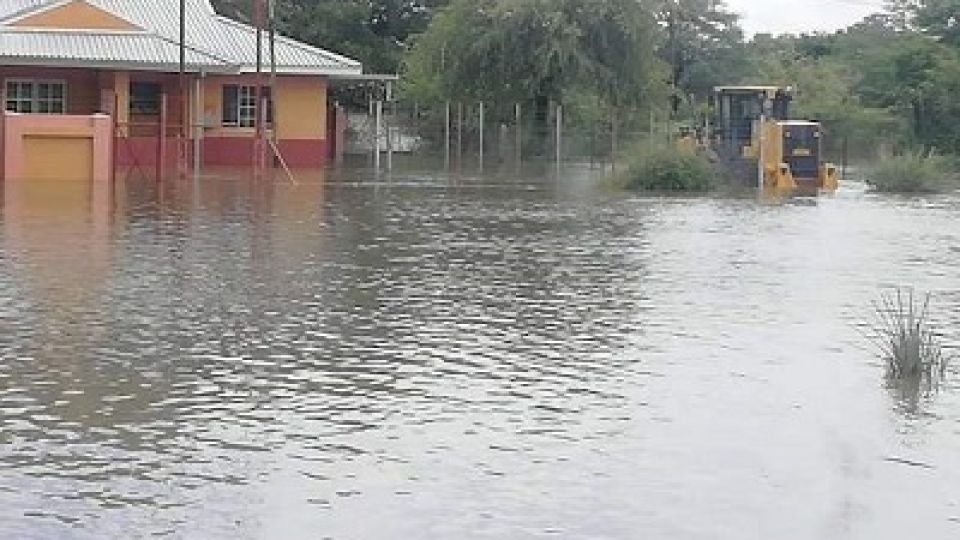from MARCUS MUSHONGA in Harare, Zimbabwe
Zimbabwe Bureau
HARARE, (CAJ News) – THE International Federation of Red Cross and Red Crescent (IFRC) has allocated more than CHF633 000 (over $684 000) in response to flooding and drought in Namibia and Zimbabwe respectively.
The intervention in Zimbabwe is long term. In Namibia, it follows the inclement weather that befell the country in January.
The IFRC Disaster Response Emergency Fund (DREF) has approved a total of CHF549 318 for the Zimbabwe Red Cross Society’s Early Action Protocol on droughts. This consists of an allocation of CHF182 440 for readiness and CHF366 878 allocated to implement early actions once the defined triggers are met.
According to the Red Cross, meteorological and agricultural drought is the most common and high-impact natural hazard occurring in Zimbabwe, both in terms of frequency of occurrence and the number of people affected.
Droughts account for 7 out of the 10 top major natural hazards recorded since 1990.
“Due to increasing climatic uncertainty, and reduced coping capacity, the risk of drought has spread to all areas of the country and is affecting a broader range of people, in both urban and rural areas,” IFRC stated.
The impacts of the hazard are predicted to increase.
The World Bank Group Climate Change Knowledge Portal predicts the annual likelihood of Zimbabwe encountering severe drought to increase by 21 percent in 2040 to 2059 and by 47 percent in 2080 to 2099. This is compared to the baseline period of 1986 to 2005 scenario.
Zimbabwe’s worst drought occurred in 1991/2, directly affecting 5 million people and resulting in serious food insecurity and water shortages. This had an effect on the Southern African region where most countries were reliant on Zimbabwe’s food exports.
IFRC has allocated CHF84 026 to lessen the impact of floods in Namibia.
The funding targets 2 190 people affected by heavy rains that fell in the northeast in mid-January. Similar rains in southeastern Angola also had an impact on the Namibians.
The IFRC operation started last Thursday and is scheduled to run until mid-June.
Of the total 2 190 affected people, 300 are from the Oshana region and 1 890 from the Ohangwena.
Some 582 people whose houses were totally submerged were displaced and evacuated to nine relocation sites.
As 35 schools in Ohangwena, school equipment, and infrastructure have been damaged and 18 of the schools are currently closed.
Three clinics have been cut off, with communities not having access to them.
Namibia and Zimbabwe are in the Southern African region that is bearing the brunt of climate change.
Deadly flooding has been reported in Malawi, Mozambique and South Africa in recent days.
More disaster is projected when the newly formed tropical cyclone Freddy makes landfall in Mozambique this week.
– CAJ News

